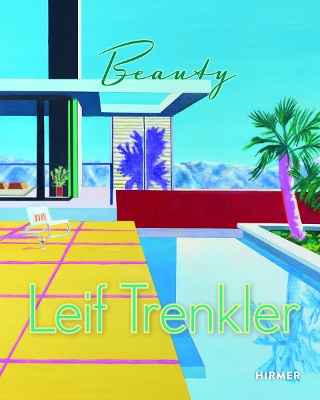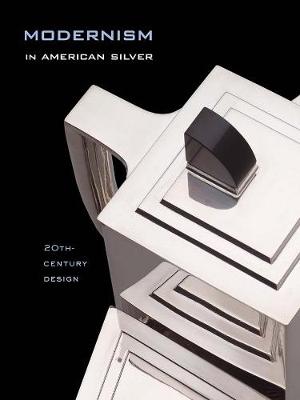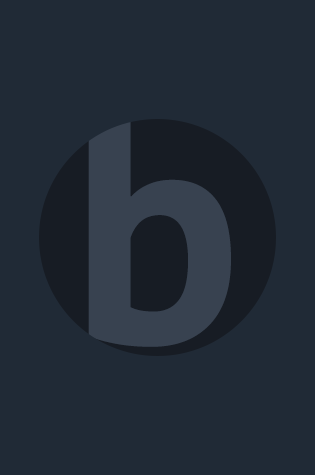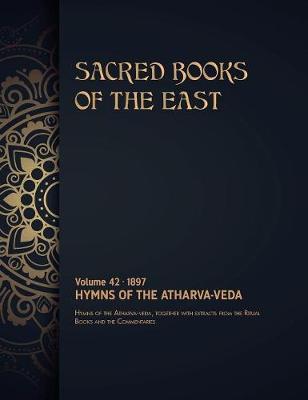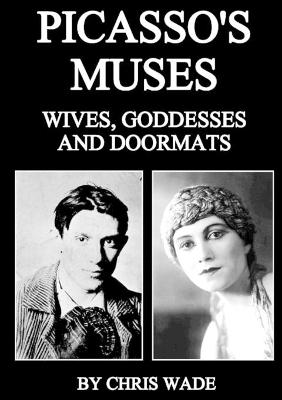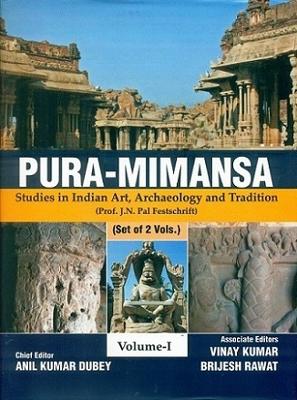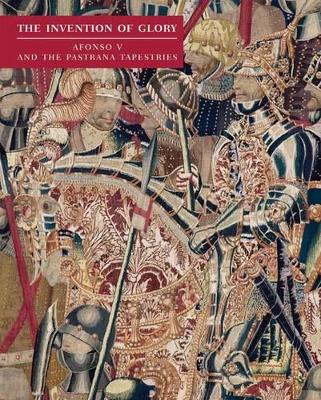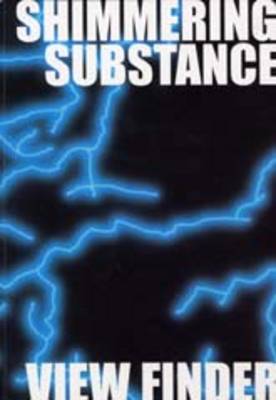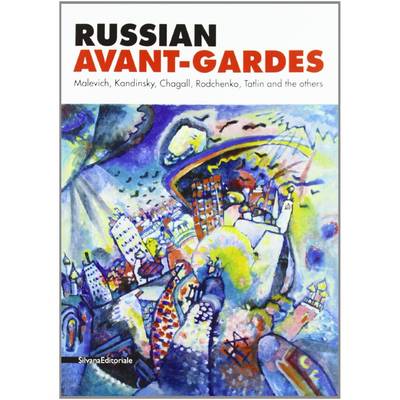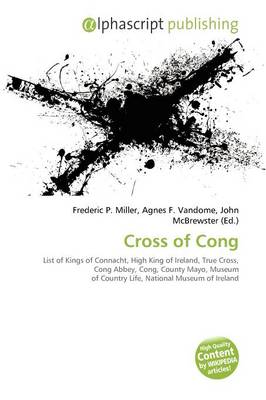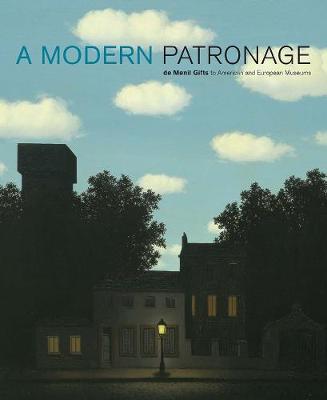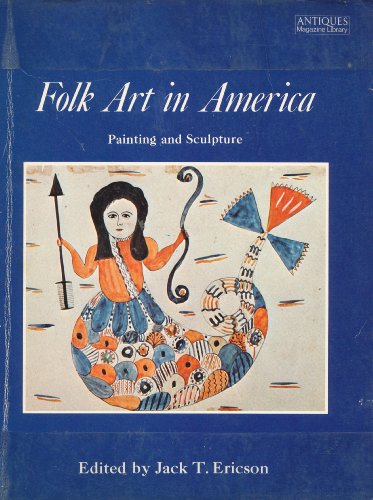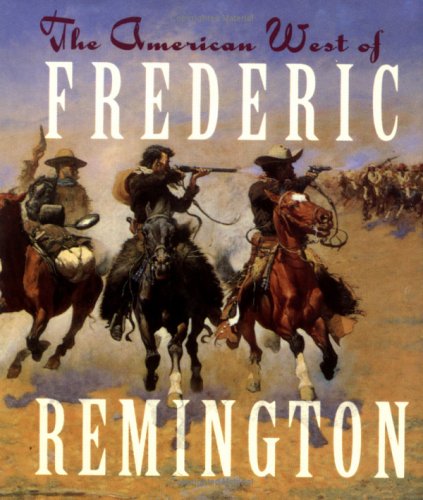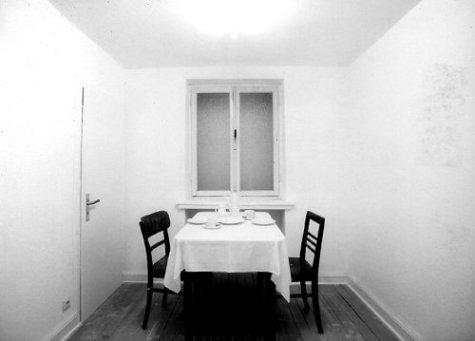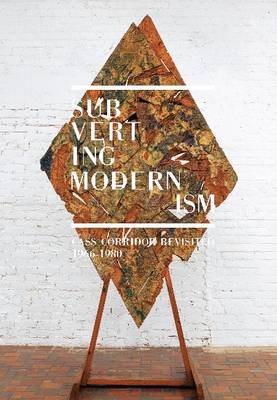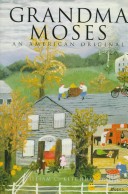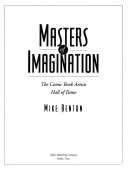Leif Trenkler (Bilingual edition)
by Gottfried Knapp and New Contributor
Leif Trenkler (b. 1960) is regarded as one of the most important protagonists of New Figuration in Germany. He has played an important role in this contemporary movement and has achieved international success. His fascinating painting is created by using new colour constructions, a nuanced technique and unusual compositions employing oil on wood. Trenkler’s works have a magical aura about them. Inspired by the artist’s numerous journeys, they transport us to places of longing: silent river la...
Modernism in American Silver (Dallas Museum of Art Publications (YUP))
by Jewel Stern
A lavishly illustrated catalogue that is the first to explore the role of modernism in 20th- century American silver design From teaspoons to cocktail shakers and unique objects made for New York World’s Fairs, this stunning book examines the influence of modernism upon industrially produced silverware made in the United States from 1925 to 2000. Featuring the Dallas Museum of Art’s Jewel Stern American Silver Collection— which comprises over four hundred extraordinary works in the modern idiom—...
Hymns of the Atharva-Veda (Sacred Books of the East, #42)
by Max Muller
The Life and Work of Mary Cassatt (Life and Work of . . .)
by Ernestine Giesecke
Provides a vivid picture of the lives and works of some of the world's greatest artists and their influence on world art. Includes examples of the artist's work at various stages of their career
Pura-Mimansa: studies in Indian art, archaeology and tradition: Prof. J.N. Pal Festschrift, 2 vols.
Invention of Glory: Afonso V and the Pastrana Tapestries
by Miguel Angel de Bunes Ibarra, Donald J. La Rocca, and Dalila Rodrigues
Commissioned in the 1470s most likely by Afonso V, king of Portugal, the Pastrana Tapestries are a group of four towering (12 by 36 feet each) tapestries memorializing his conquest of the Moroccan cities of Asilah and Tangier, near the entrance to the Strait of Gibraltar. An impressive rendition in wool and silk woven by Flemish weavers, the tapestries display multicolored scenes of the day: military, royalty and maritime life. The images are an anomaly in that they portray current experiences a...
The first comprehensive look at Rauschenberg’s Cardboard series, a previously unexplored realm of the artist’s oeuvre Robert Rauschenberg (b. 1925) began to investigate the boundaries between painting and sculpture in the 1950s, working with a variety of found objects in his Combine paintings and freestanding Combines. Later, in his Cardboard series (1971–72), he confined himself to the use of cardboard boxes, eliminating virtually all imagery, reducing the palette to a near monochrome, and comm...
A Modern Patronage (Menil Collection (YUP))
by Marcia Brennan, Alfred Pacquement, and Ann Temkin
A celebration of the internationally renowned collectors John and Dominique de Menil and their commitment to the modern museum In the early 1940s, John and Dominique de Menil began to acquire art. Collecting in an intuitive and personal manner, the de Menils gathered “things in which we believe,” as John phrased it, and proceeded to develop an inspired collection that would eventually find a permanent home at The Menil Collection in Houston. In addition to building their own collection, the de M...
The American West of Frederic Remington (Little Books)
by Frederic Remington and Michelle Meyers
Designed to generate impulse sales, titles in this line are carefully balanced for gift giving, self-purchase, or collecting. Little Books may be small in size, but they're big in titles and sales.
The work of Marco Petrus has for years revolved around urban landscapes. The artist's work is a virtual stylization, in which he constantly abstracts elements from the chaos of the city. Petrus rakes the deserted city with an eye for individual details, for those angles and views whose cold and rigid solidity contains the very idea of the city, its most ancient and timeless essence.
"Making is a higher form of thinking," claims Gregor Schneider, who began to make art as an adolescent. So urgent was his desire to be an artist that, in order to pay for the materials he needed to make his sculptures, he even worked as a gravedigger. Introverted, self-effacing and a close observer of human behavior--with a particular passion for the lowliest of social categories--Schneider has developed an all-absorbing identification with his work, living together with it night and day in an a...
"Subverting Modernism: Cass Corridor Revisited 1966-1980" is an exhibition catalog created to accompany a show of the same title to be held at Eastern Michigan University in the spring of 2013. In decline since the 1950s, the Cass Corridor, an area near Wayne State University in Detroit, witnessed an intense efflorescence of artistic activity in the late 1960s and the 1970s. Conventional wisdom has held that these Cass Corridor artists, as they have come to be called, were essentially "urban exp...

